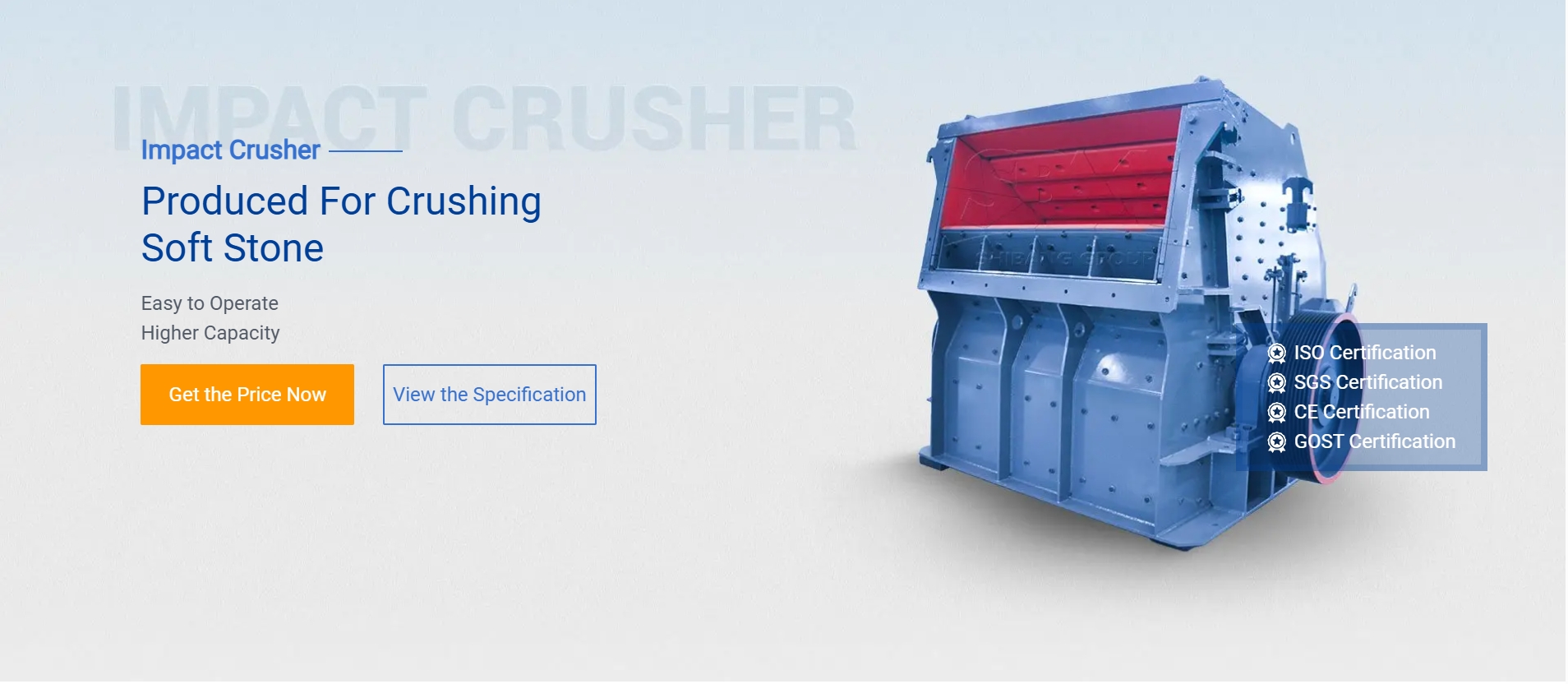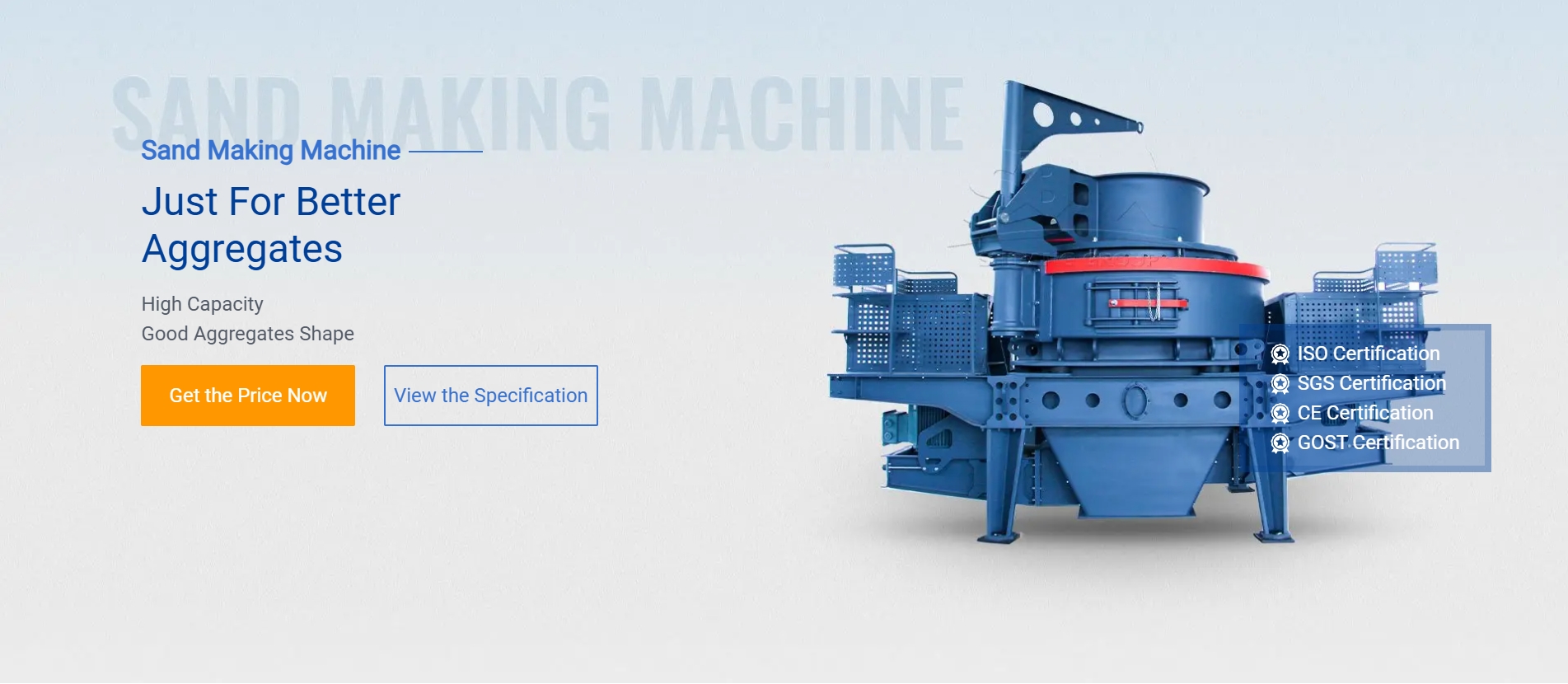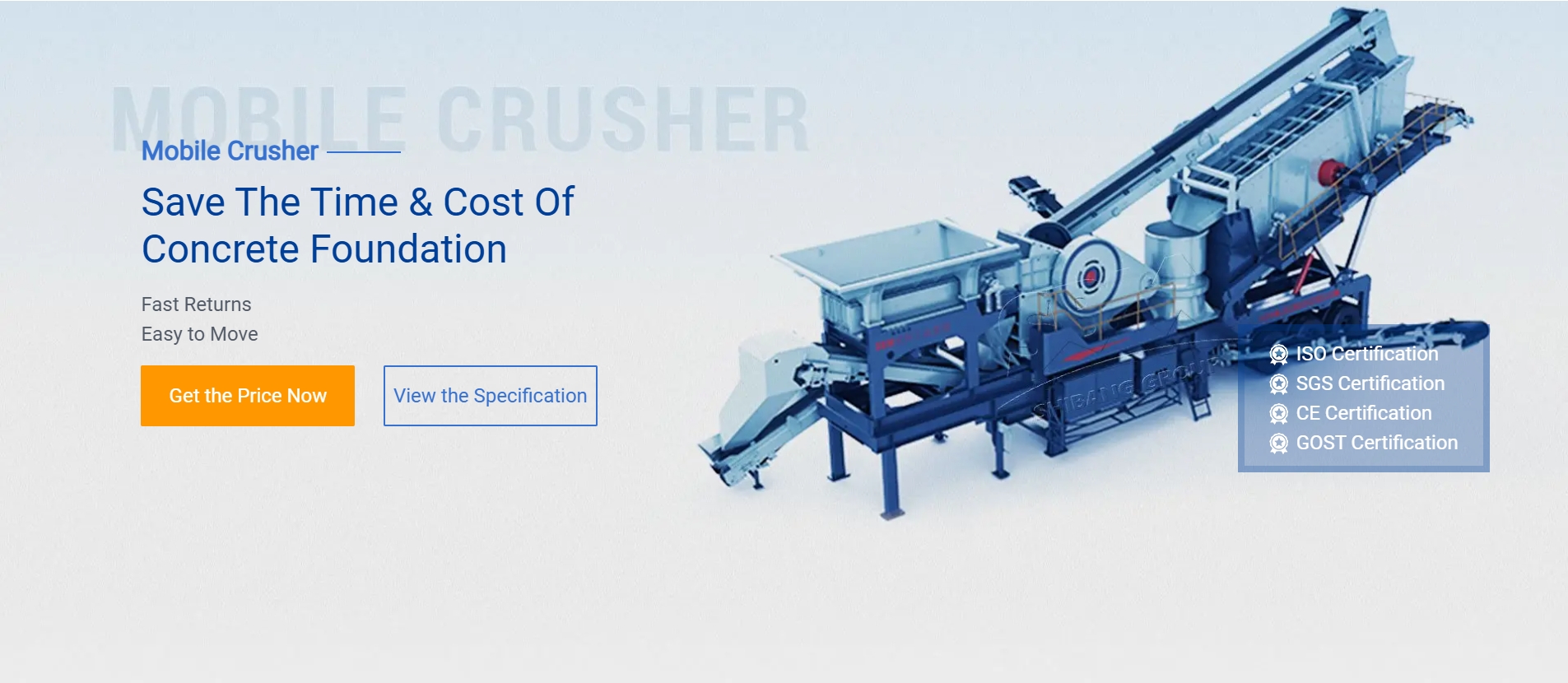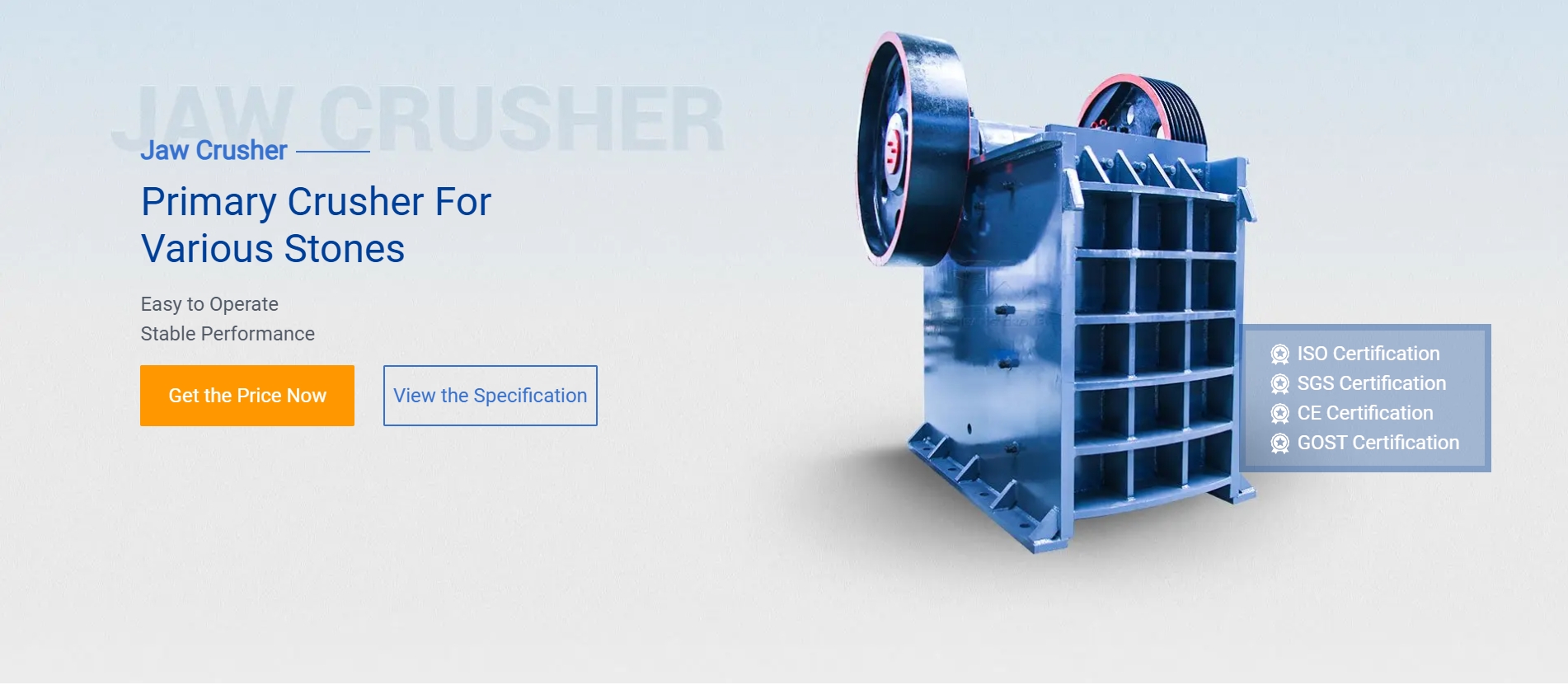Sandblasting (or abrasive blasting) equipment is used to clean, etch, or prepare surfaces by forcibly propelling abrasive material against them. Here’s an overview of key components and types of sandblasting equipment:
1. Main Components of Sandblasting Equipment
– Blast Pot (Pressure Vessel) – Holds the abrasive media and pressurizes it for blasting.
– Nozzle – Directs the abrasive stream; comes in various shapes (e.g., straight, venturi) and materials (ceramic, tungsten carbide).
– Abrasive Media – Common options include:
– Sand (silica-based, but hazardous due to silicosis risk)
– Steel grit/shot
– Aluminum oxide
– Glass beads
– Crushed walnut shells
– Plastic media
– Air Compressor – Provides high-pressure air (typically 50–150 PSI) to propel the media.
– Hose & Couplings – High-pressure hoses connect the blast pot to the nozzle.
– Blast Cabinet or Room – Enclosed space for controlled blasting (used in workshops).
– Dust Collector – Removes airborne particles for safety and visibility.
.jpg) 2. Types of Sandblasting Equipment
2. Types of Sandblasting Equipment
# A. Pressure Blasters
– Uses a pressurized tank to force abrasive out at high speed.
– Best for heavy-duty industrial applications.
# B. Suction Blasters (Siphon Blasters)
– Uses suction to pull abrasive into the air stream.
– Less powerful but more portable; common for DIY use.
# C. Wet Blasting (Vapor Blasting)
– Combines water with abrasive to reduce dust and heat.
– Used for delicate surfaces or hazardous materials.
# D. Portable Blasters
– Compact units for on-site work (e.g., automotive restoration, graffiti removal).
# E. Automated Blasting Systems
– Robotic or conveyor-based systems for mass production (e.g., automotive parts cleaning).
3. Safety Considerations
– Respiratory Protection – Silica sand requires an OSHA-approved respirator or fresh-air supply.
– Protective Gear – Gloves, goggles, blast suits, and hearing protection are essential.
– Ventilation & Dust C.jpg) rol – Use dust collectors or wet blasting to minimize airborne hazards.
rol – Use dust collectors or wet blasting to minimize airborne hazards.
4. Common Applications
– Rust &




